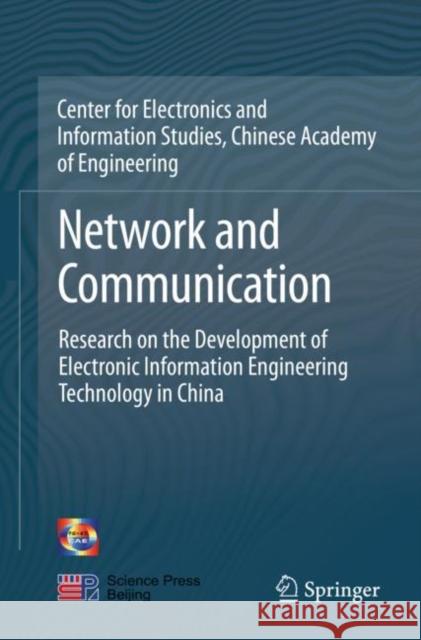Network and Communication: Research on the Development of Electronic Information Engineering Technology in China » książka
topmenu
Network and Communication: Research on the Development of Electronic Information Engineering Technology in China
ISBN-13: 9789811545955 / Angielski / Miękka / 2020 / 54 str.
Network and Communication: Research on the Development of Electronic Information Engineering Technology in China
ISBN-13: 9789811545955 / Angielski / Miękka / 2020 / 54 str.
cena 201,72
(netto: 192,11 VAT: 5%)
Najniższa cena z 30 dni: 192,74
(netto: 192,11 VAT: 5%)
Najniższa cena z 30 dni: 192,74
Termin realizacji zamówienia:
ok. 22 dni roboczych
Bez gwarancji dostawy przed świętami
ok. 22 dni roboczych
Bez gwarancji dostawy przed świętami
Darmowa dostawa!
Kategorie:
Kategorie BISAC:
Wydawca:
Springer
Język:
Angielski
ISBN-13:
9789811545955
Rok wydania:
2020
Wydanie:
2020
Ilość stron:
54
Waga:
0.12 kg
Wymiary:
23.39 x 15.6 x 0.41
Oprawa:
Miękka
Wolumenów:
01
Dodatkowe informacje:
Wydanie ilustrowane











